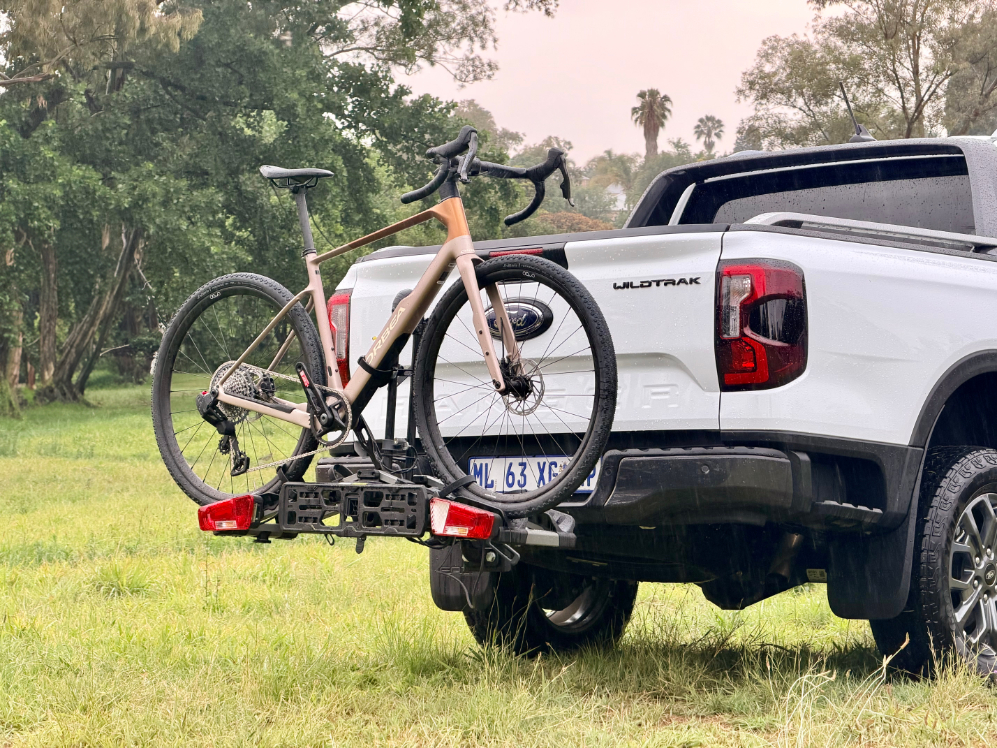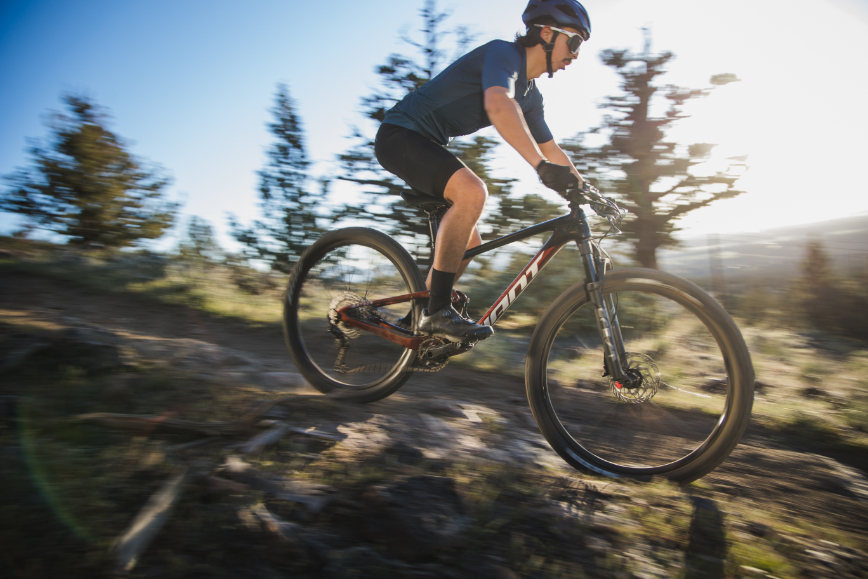Types of Bike Carriers
Towbar Platform (Loading Platforms)
Platform systems mount to the towbar and present a flat base that bikes are strapped onto. They are extremely stable, simple to load, and are popular with e-bike owners and those who frequently transport heavy bikes.
- Very stable and easy to load
- Often includes ramps for e-bikes
- Quick to attach/detach from towbar
- Suitable for frequent use
- Premium pricing but high convenience
Towbar Mounted Carriers
Towbar-mounted carriers offer top stability and are ideal for long distances and heavier bikes, including many e-bikes. They attach directly to the vehicle's towbar and often fold for storage.
- High stability for long trips
- Easy loading at waist height
- Good for heavy e-bikes
- Often foldable for compact storage
- Secure locking systems
Roof Carriers
Roof carriers mount to roof bars and secure the bike by frame or fork. They keep boot access free but require lifting the bike onto the roof — a great option for lighter road bikes and when you want clear rear visibility.
- Keeps boot access free
- Reduces risk of blocking lights/plate
- Good for lightweight road bikes
- Low maintenance and reliable
- Compact when not in use
Rear Hatch / Boot Carriers
These carriers strap to the rear of the vehicle and are often the most affordable. They work well for occasional transport but need careful installation to avoid contact with paint and to keep lights visible.
- Budget-friendly
- No towbar or roof bars required
- Lightweight and compact
- Easy to store when not in use
- Fit varies between car models
Quick Comparison
| Type | Vehicle Compatibility | No. of Bikes | Ideal Use | Typical Thule Model |
|---|---|---|---|---|
| Towbar Platform | Vehicles with towbar | 2–3 | E-bikes, frequent heavy use | Thule EasyFold XT |
| Towbar Carrier | Vehicles with towbar | 2–4 | Family, e-bikes, long trips | Thule VeloSpace XT |
| Roof Carrier | Cars with roof bars | 1–2 | Road & light MTBs | Thule ProRide 598 |
| Rear / Boot Carrier | Most hatchbacks & sedans | 1–3 | Occasional transport, budget | Thule BackPac |
Tips for Choosing the Right Carrier
- Match the carrier to the bike weight — e-bikes need higher load-rated carriers.
- Consider how often you’ll remove the rack — towbar platforms offer fastest day-to-day use.
- Check boot access and number plate visibility after installation.
- Test fit at low speed before heading on a long trip.
- Keep rubber buffers or protection to avoid paint contact with straps.













No comments yet. Be the first to comment!